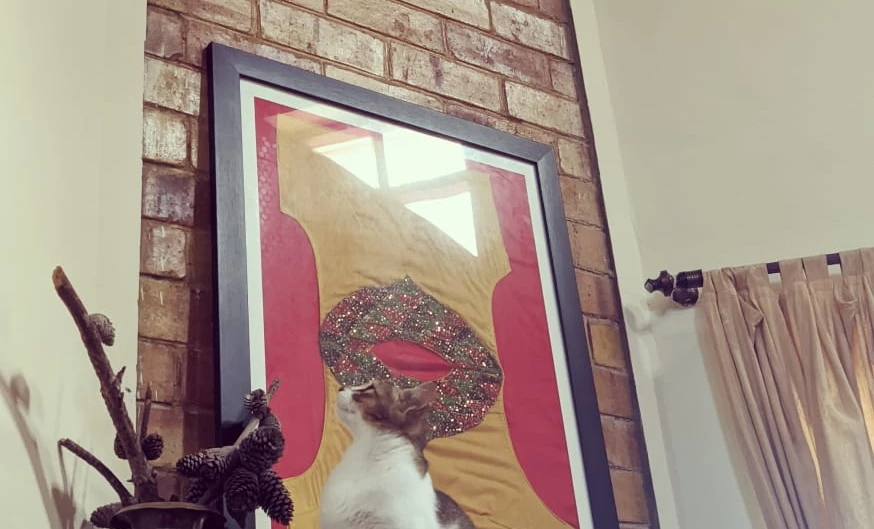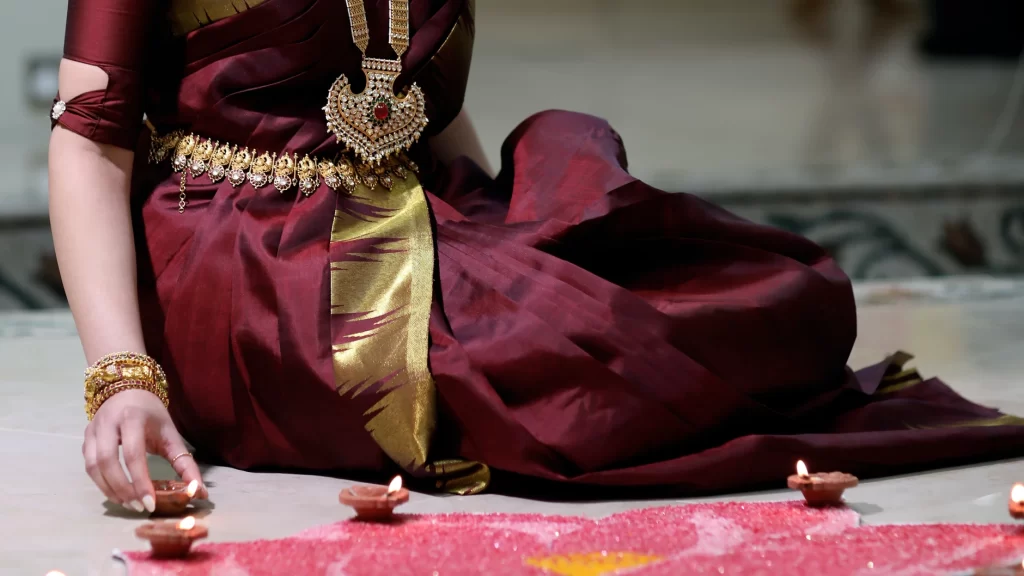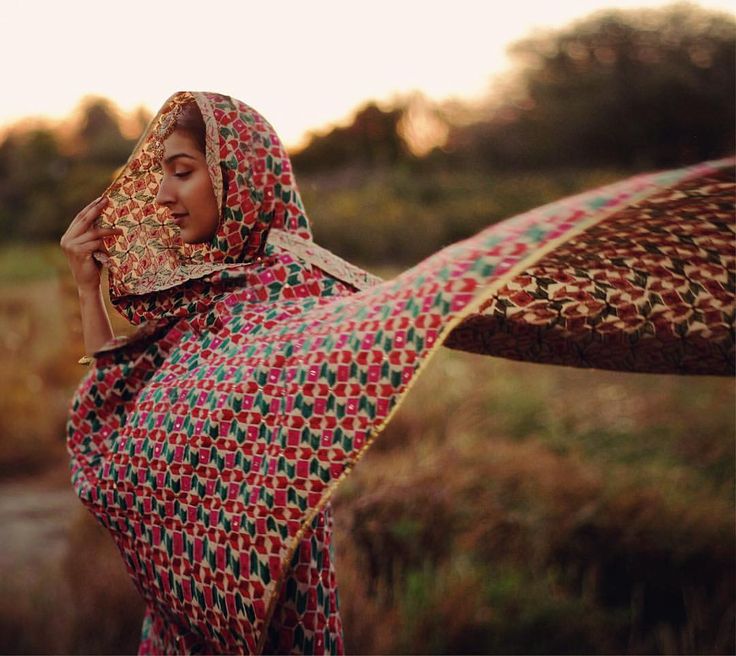Location: West Bengal
A few years back I had the privilege of visiting Shanti Niketan, the ashram initiated by Sri Rabindranath Tagore, near Kolkata. On arriving, I was fascinated to discover it was the epicentre of the OG upcycling Indian craft, Kantha stitch embroidery. I was touched and impressed by the beauty of the craft, and its ability to make each piece of clothing unique. My heart was so full of appreciation and praise for the hard-working artists that were involved in keeping this heritage craft alive, I wanted to find out more about the craft and the craftspeople. And I did! So here’s bringing you everything I learnt and that you need to know about the Kantha stitch.
Legend
Centuries ago, Kantha emerged as an aesthetic and contemporary art form in the heartland of then undivided Bengal. Soon, it grew as a traditional craft even across neighbouring states where skilled women transformed old fabric into stunning pieces, by stitching them together with a single running stitch. This art form recycled materials and also became a way for women to transcribe their stories and aspirations into the stitches, creating a cultural tapestry that still captivates us, today.
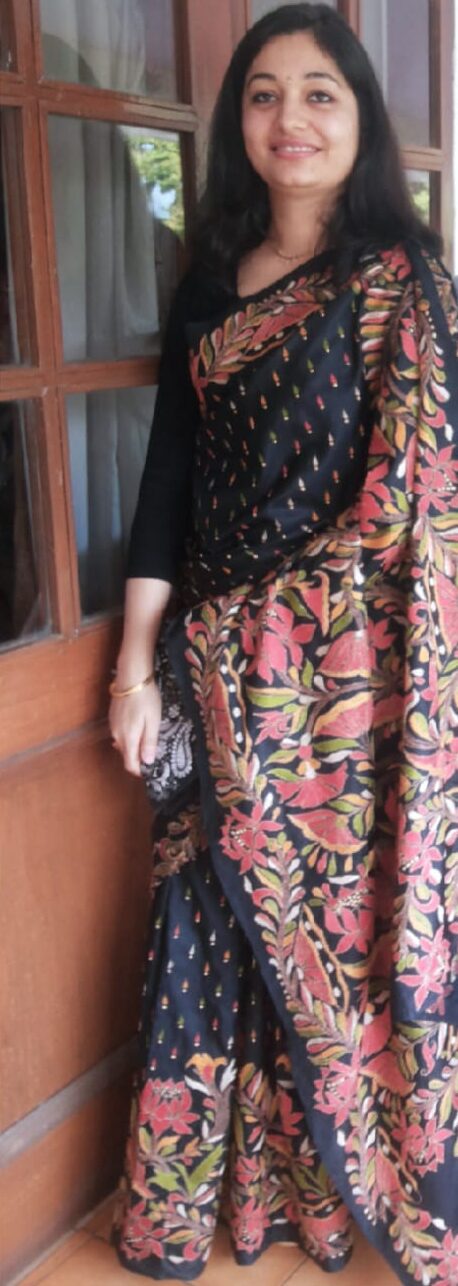
The Kantha stitch is so much more than a form of art…it’s a timeless celebration of sisterhood. Even today, women in rural Bengal (India as well as parts of Bangladesh) gather to earn a livelihood through this craft. For years, they have been creating beautiful patterns to make elegant yet trendy designs on saris, dupattas, quilts, cushion covers, and sheets in different hues.
Fabric/Materials
In recent times, sustainability has become the core value in the execution of this embroidery. New fabrics, innovative techniques and a focus on product durability have transformed the current market. However, the skill is still practised to repurpose old saris, sheets, etc., to make rugs, quilts, tablecloths, and many more utility items. Women in many households even use preloved tapestries to make wrap sheets for newborn babies as per old traditions. Lately, there has been an introduction of diverse textiles such as Tussar silk, Bangalore silk, cotton, rayon, georgette, crepe and other soft-textured fabrics for exploration of the Kantha stitch embroidery. This infusion adds a new dimension to the craft, expanding its range of textures and possibilities, making it more diverse.

Cotton is the preferred fibre for the threads used in Kantha embroidery. Also, the popular Kantha embroidered quilts can be usually found in cotton. In recent times, sequins and beads are being incorporated to amplify the vibrancy of Kantha stitch.
Design
Every piece of Kantha is one-of-a-kind because there were and still are no strict rules to follow. However, there are certain symbols and motifs that are widely recognized where each design has a personal charm, shaped by the artist’s unique perspective, style and colour palette. This handicraft was and still is a community-driven endeavour. It is wholeheartedly cherished and practised by both, rural and urban women, alike. Motifs of Kantha stitch weave through the realms of mythology and nature. Over the years, it has embraced various distinct stitching styles, particularly a variety of hand stitches.

- The widely embraced Lep Kantha is used for making warm quilts.
- The Sujani Kantha is incorporated for making stylish ceremonial bed covers.
- Baiton Kantha can be easily sighted on exquisite book covers and various artefacts. Also known for its versatility and ability to create visually stunning patterns, it is a popular choice for embellishing sarees.
- Archilata Kantha, with its colourful motifs, is customized with mirrors to decorate individual pieces.
- Durjani Kantha is used to create miniature pieces that are placed on pouches or potlies.
- Oaar Kantha weaves can be found on pillowcases and bedsheets.
- Rumal Kantha adorns tablemats with patterns, often featuring the Lotus as the centrepiece.
In recent decades, artisans across Rajasthan have embraced Kantha as a textile craft to bridge the vast corners of the country. Gudari Kantha is a textile tradition where women, from in and around the Barmer region of Rajasthan, meticulously repurpose old fabrics (katrans) by first cutting and sewing them together, then embellishing them with Bengali Kantha.

Buyer’s guide
Kantha stitch has been promoted far and wide by designers. It is no longer limited to Bengal. One may find a beautiful Kantha piece at various silk or handicraft exhibitions around the country. Although the variety might be limited outside Bengal, it is possible to find a quality piece. However, make sure to enquire about the authenticity and maintenance of the material you are purchasing.
Wearing Kantha embroidery not only showcases a stylish flair but also effortlessly preserves the essence of comfort and ease of working. And the fact that it is made in India, and is helping in assisting artisan livelihoods, only adds to the charm.
Recently, contemporary interior designers have been utilizing the magical versatility of Kantha stitch to transform any setup by harmonizing the colour scheme. It’s not just limited to quilts and cushion covers; Kantha extends its usefulness to tablemats, tea cosies, rugs and even furniture. It spreads without limits and adapts to an artist’s unique imagination, adding a touch of creative flair to each piece. It is highly likely you will find something that complements your essence.
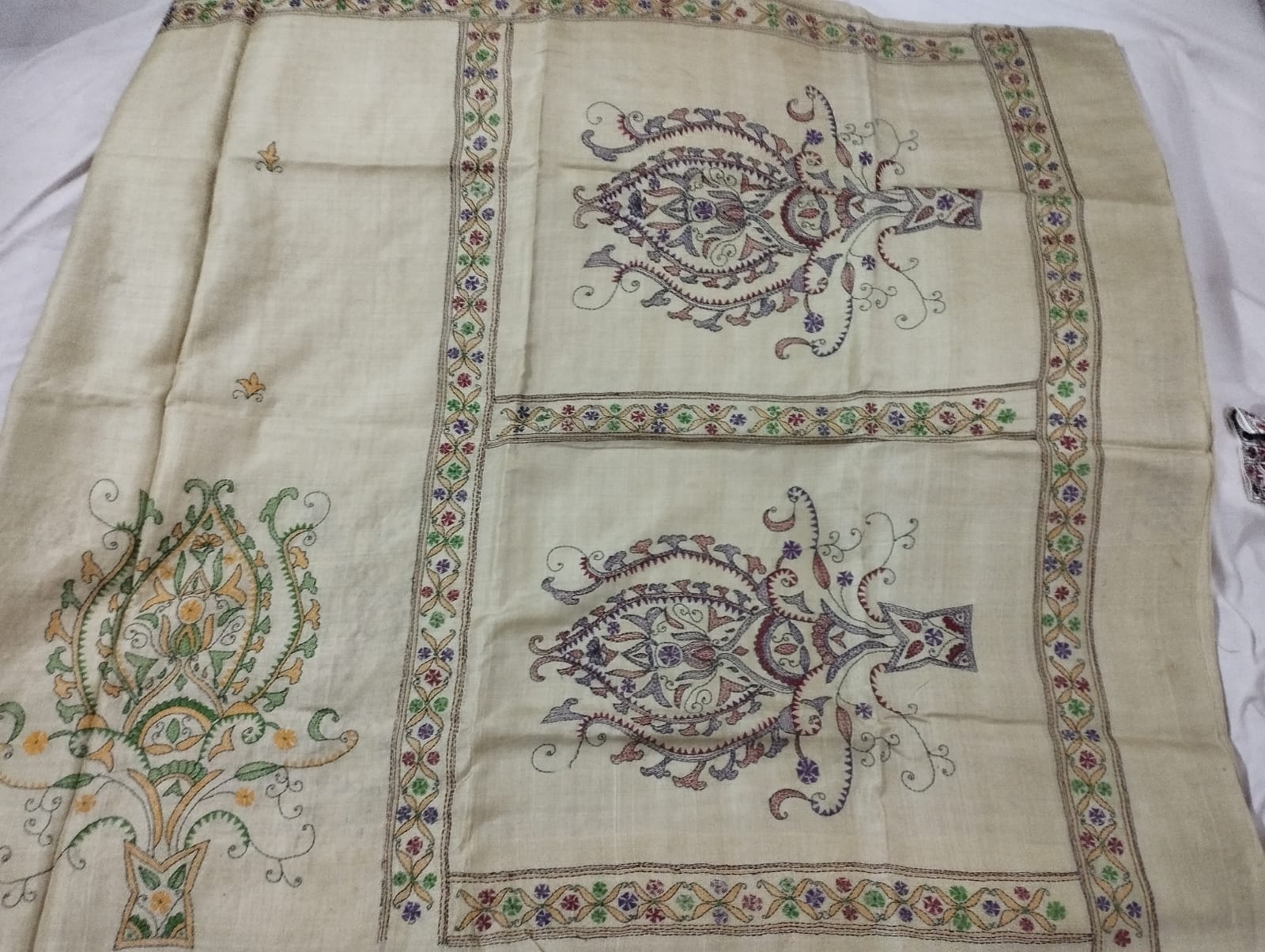
How to care
Since the threads utilized in creating Kantha stitch are cotton-based, there is a possibility of loss of sheen after each wash. It is recommended you opt for dry cleaning only, when necessary, to preserve the gloss of both the base material and the threads, ensuring their freshness over time.


